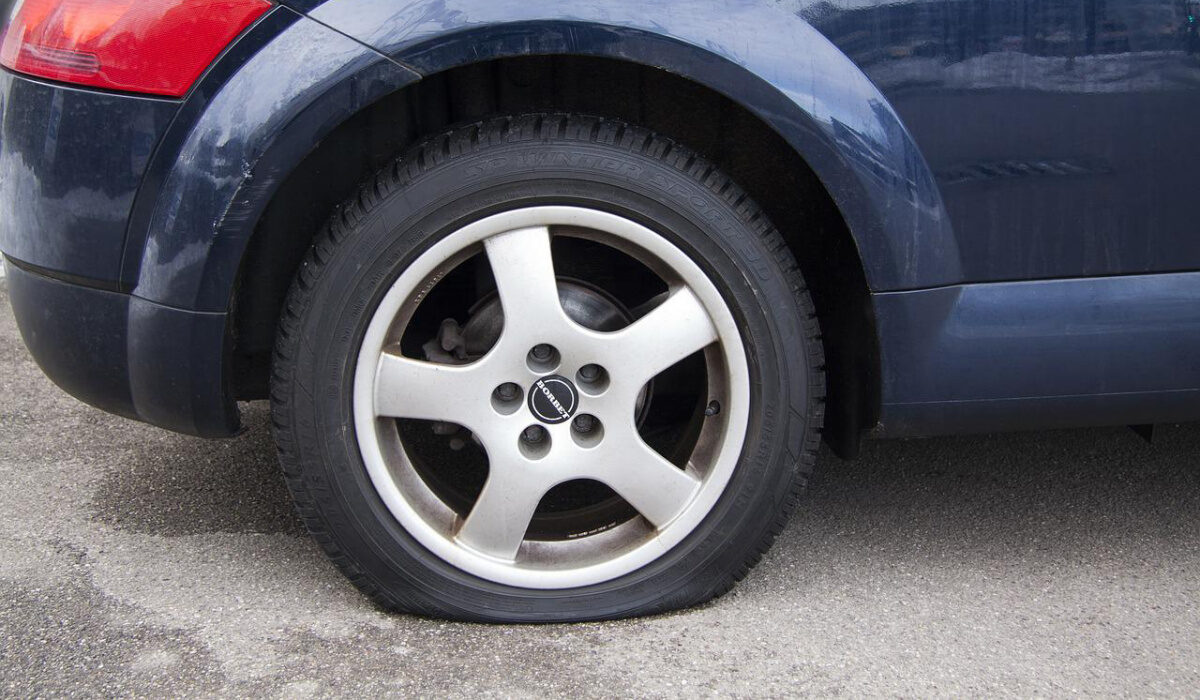Once a car tire (tyre) loses a large amount of air pressure, it results in a flat. There are several reasons for a flat tire on a car, which could include overuse, improper air pressure, and punctures. Now, driving on such a tire can cause increased wear on the tire and various other damage. Here are some reasons why you should not drive on a flat tire.

YOU COULD DAMAGE THE TIRE BEYOND REPAIR
If a flat tire is driven for long periods of time, it could end up costing you thousands to fix. If the flat was caused by a puncture to the tread, it can generally be repaired. For passenger tires, large cuts, sidewall punctures, and ties with internal damage, a replacement is necessary.
YOU COULD DAMAGE THE RIMS
Driving a flat tire that is completely underinflated means you are driving on your rims. This means you are damaging your rims. This could cause a fire, due to friction between the rim and the road.
YOU COULD DAMAGE THE VEHICLE
If you change a tire when required, it could cause the brake lines, calipers, rotors, suspension components, fenders, wheels and the braking system to suffer damage. This makes it more difficult to stop the vehicle, among other things.
YOU COULD LOSE CONTROLS AND SERIOUSLY HURT SOMEONE
F you continue to drive on an underinflated tire, the car will pull heavily to one side, making it difficult to drive in a straight line. Furthermore, driving on rims could cause the driver to lose control, which could lead to an accident, injury o death to the passengers in the vehicle or those around it.
It is not advisable to drive on tires that have visible defects, such as bumps or bulges on the sidewall of the tire. Other useful habits that help keep your tires in good condition include observance of the following:
- Proper tire size, type, and load capacity/range
- Proper inflation pressure
- Proper vehicle loading
- Regular tie rotation
- Regular inspection, proper tire repair
- Vehicle condition, alignment, and maintenance
- Good driving habits
- Don’t miss our reviews.
- Follow our news on Google News.
- Join our WhatsApp Group, to be notified of the most important articles and deals,
- Follow us on Instagram, Facebook, Twitter, and YouTube.